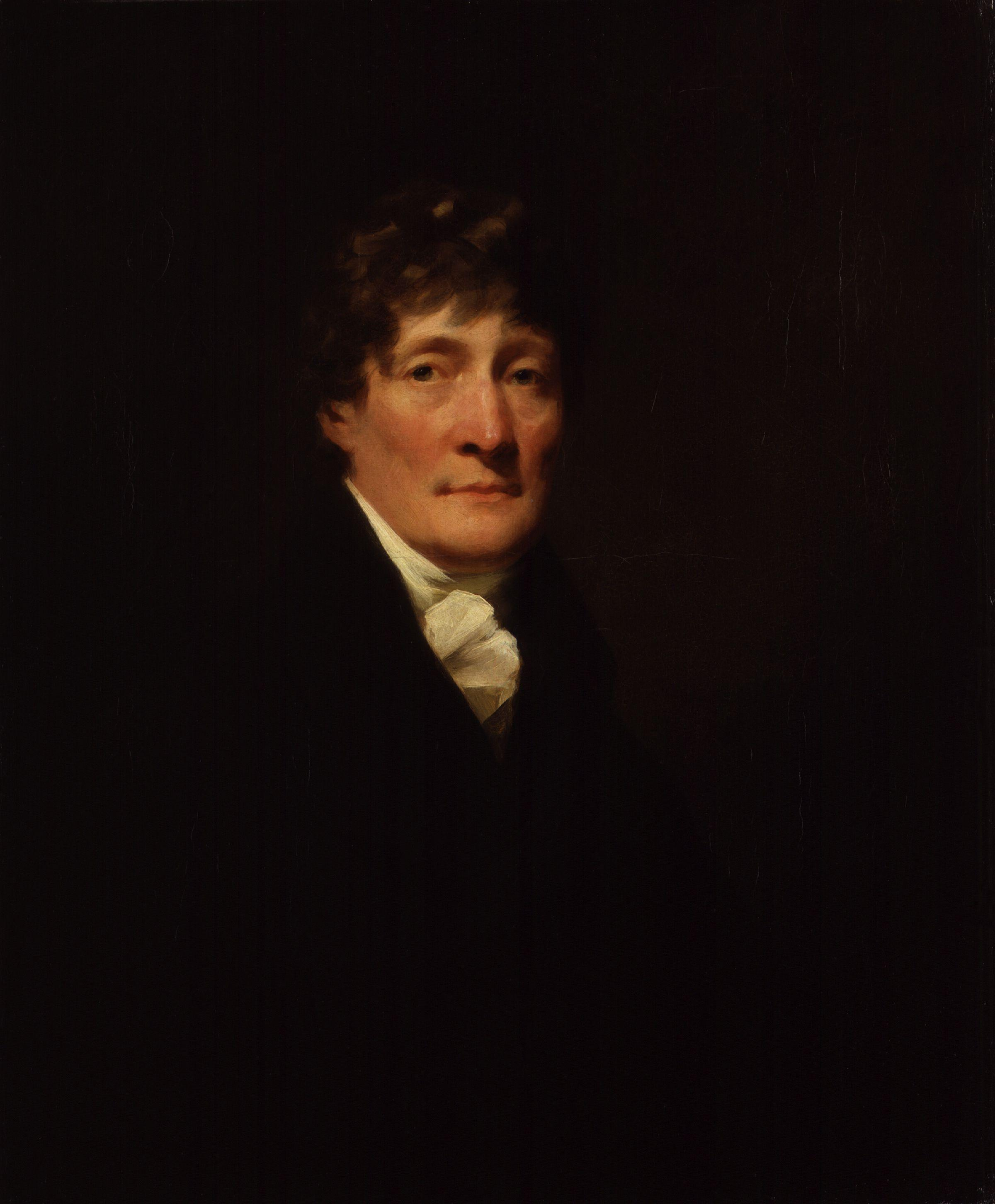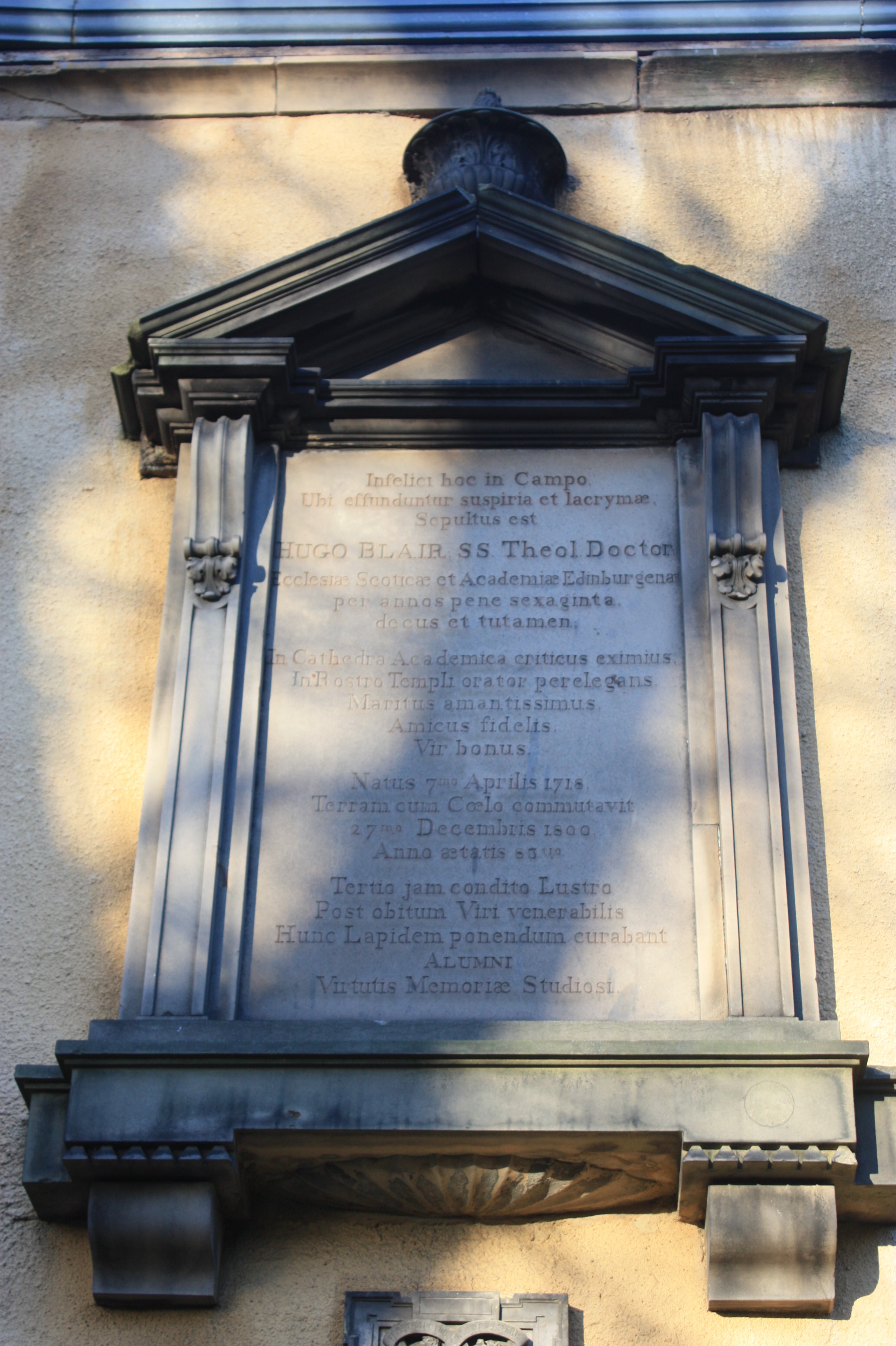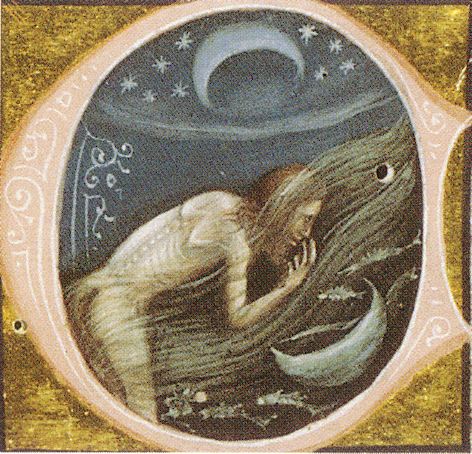|
The Man Of Feeling
''The Man of Feeling'' is a sentimental novel published in 1771, written by Scottish author Henry Mackenzie. The novel presents a series of moral vignettes which the naïve protagonist Harley either observes, is told about, or participates in. This novel is often seen to contain elements of the Romantic novel, which became prolific in the years following its publishing. Background ''The Man of Feeling,'' Mackenzie's first and most famous novel, was begun in London in 1767.Mackenzie, Henry. ''The Man of Feeling'', edited by Brian Vickers (New York: Oxford University Press, 2009) It was published in April 1771, sold out by the beginning of June, and reached its sixth edition by 1791. Mackenzie wrote ''The Man of Feeling'' in the latter half of the eighteenth century, by the end of which the concept of sentimentalism had steadily become merely laughable and entertaining. An 'Index to Tears', which was first included in the 1886 edition of ''The Man of Feeling'' edited by Profess ... [...More Info...] [...Related Items...] OR: [Wikipedia] [Google] [Baidu] |
Henry Mackenzie
Henry Mackenzie FRSE (August 1745 – 14 January 1831, born and died in Edinburgh) was a Scottish lawyer, novelist and writer sometimes seen as the Addison of the North. While remembered mostly as an author, his main income came from legal roles, which led in 1804–1831 to a lucrative post as Comptroller of Taxes for Scotland, whose possession allowing him to follow his interest in writing. Biography Mackenzie was born at Liberton Wynd in Edinburgh on 26 July 1745. His father, Dr Joshua Mackenzie, was a distinguished Edinburgh physician and his mother, Margaret Rose, belonged to an old Nairnshire family. Mackenzie's own family descended from the ancient Barons of Kintail through the Mackenzies of Inverlael. Mackenzie was educated at the High School and studied law at University of Edinburgh. He was then articled to George Inglis of Redhall (grandfather of John Alexander Inglis of Redhall), who was attorney for the crown in the management of exchequer business. Inglis had his E ... [...More Info...] [...Related Items...] OR: [Wikipedia] [Google] [Baidu] |
Sentimental Novel
The sentimental novel or the novel of sensibility is an 18th-century literary genre which celebrates the emotional and intellectual concepts of sentiment, sentimentalism, and sensibility. Sentimentalism, which is to be distinguished from sensibility, was a fashion in both poetry and prose fiction beginning in the eighteenth century in reaction to the rationalism of the Augustan Age. Sentimental novels relied on emotional response, both from their readers and characters. They feature scenes of distress and tenderness, and the plot is arranged to advance both emotions and actions. The result is a valorization of "fine feeling", displaying the characters as a model for refined, sensitive emotional effect. The ability to display feelings was thought to show character and experience, and to shape social life and relations.Richard Maxwell and Katie Trumpener, eds., ''The Cambridge Companion to Fiction in the Romantic Period'' (2008). History Among the most famous sentimental novel ... [...More Info...] [...Related Items...] OR: [Wikipedia] [Google] [Baidu] |
Scottish Literature
Scottish literature is literature written in Scotland or by List of Scottish writers, Scottish writers. It includes works in Scottish English, English, Scottish Gaelic language, Scottish Gaelic, Scots language, Scots, Brythonic languages, Brythonic, French language, French, Latin language, Latin, Norn language, Norn or other languages written within the modern boundaries of Scotland. The earliest extant literature written in what is now Scotland, was composed in Brythonic speech in the sixth century and has survived as part of Welsh-language literature, Welsh literature. In the following centuries there was literature in Latin, under the influence of the Catholic Church, and in Old English, brought by Angles, Anglian settlers. As the state of Alba developed into the kingdom of Scotland from the eighth century, there was a flourishing literary elite who regularly produced texts in both Gaelic and Latin, sharing a common literary culture with Ireland and elsewhere. After the David ... [...More Info...] [...Related Items...] OR: [Wikipedia] [Google] [Baidu] |
Vignette (literature)
A vignette (, also ) is a French loanword expressing a short and descriptive piece of writing that captures a brief period in time. Vignettes are more focused on vivid imagery and meaning rather than plot. Vignettes can be stand-alone, but they are more commonly part of a larger narrative, such as vignettes found in novels or collections of short stories. Examples of vignettes include Ernest Hemingway’s ''In Our Time'', Margaret Atwood’s ''The Female Body'', Sandra Cisneros’ ''The House on Mango Street'', and Alice Walker’s ''The Flowers.'' Vignettes have been particularly influential in the development of the contemporary notions of a scene as shown in postmodern theater, film and television, where less emphasis is placed on adhering to the conventions of traditional structure and story development. Etymology The word ''vignette'' means "little vine" in French, and was derived from Old French ''vigne'', meaning “vineyard”. In English, the word was first docume ... [...More Info...] [...Related Items...] OR: [Wikipedia] [Google] [Baidu] |
Romanticism
Romanticism (also known as the Romantic movement or Romantic era) was an artistic, literary, musical, and intellectual movement that originated in Europe towards the end of the 18th century, and in most areas was at its peak in the approximate period from 1800 to 1850. Romanticism was characterized by its emphasis on emotion and individualism, clandestine literature, paganism, idealization of nature, suspicion of science and industrialization, and glorification of the past with a strong preference for the medieval rather than the classical. It was partly a reaction to the Industrial Revolution, the social and political norms of the Age of Enlightenment, and the scientific rationalization of nature. It was embodied most strongly in the visual arts, music, and literature, but had a major impact on historiography, education, chess, social sciences, and the natural sciences. It had a significant and complex effect on politics, with romantic thinkers influencing conservatism, libe ... [...More Info...] [...Related Items...] OR: [Wikipedia] [Google] [Baidu] |
Sentimentalism (literature)
Sentimentalism is a practice of being sentimental, and thus tending toward basing actions and reactions upon emotions and feelings, in preference to reason."sentimentalism, n.", ''Oxford English Dictionary'' As a literary mode, sentimentalism has been a recurring aspect of world literature. Sentimentalism includes a variety of aspects in literature, such as sentimental poetry, the sentimental novel, and the German sentimentalist music movement, Empfindsamkeit. European literary sentimentalism arose during the Age of Enlightenment, partly as a response to sentimentalism in philosophy. In eighteenth-century England, the sentimental novel was a major literary genre. Its philosophical basis primarily came from Anthony Ashley Cooper, 3rd Earl of Shaftesbury, a pupil of John Locke. Philosophical influences Sentimentalism in philosophy and sentimentalism in literature are sometimes hard to distinguish. As the philosophical arguments developed, the literature soon tried to emulate ... [...More Info...] [...Related Items...] OR: [Wikipedia] [Google] [Baidu] |
Hugh Blair
Hugh Blair FRSE (7 April 1718 – 27 December 1800) was a Scottish minister of religion, author and rhetorician, considered one of the first great theorists of written discourse. As a minister of the Church of Scotland, and occupant of the Chair of Rhetoric and Belles Lettres at the University of Edinburgh, Blair's teachings had a great impact in both the spiritual and the secular realms. Best known for ''Sermons'', a five volume endorsement of practical Christian morality, and ''Lectures on Rhetoric and Belles Lettres'', a prescriptive guide on composition (language), composition, Blair was a valuable part of the Scottish Enlightenment. Life Blair was born in Edinburgh into an educated Presbyterian family. His father was John Blair, an Edinburgh merchant. He was great-great-grandson of Rev. Robert Blair of St. Andrews and great nephew of Very Rev. David Blair (moderator), David Blair the Moderator of the General Assembly in 1700. From an early age it was clear that Blair, a ... [...More Info...] [...Related Items...] OR: [Wikipedia] [Google] [Baidu] |
Bethlem Royal Hospital
Bethlem Royal Hospital, also known as St Mary Bethlehem, Bethlehem Hospital and Bedlam, is a psychiatric hospital in London. Its famous history has inspired several horror books, films and TV series, most notably '' Bedlam'', a 1946 film with Boris Karloff. The hospital is closely associated with King's College London and, in partnership with the Institute of Psychiatry, Psychology and Neuroscience, is a major centre for psychiatric research. It is part of the King's Health Partners academic health science centre and the National Institute for Health and Care Research (NIHR) Biomedical Research Centre for Mental Health. Founded in 1247, the hospital was originally near Bishopsgate just outside the walls of the City of London. It moved a short distance to Moorfields in 1676, and then to St George's Fields in Southwark in 1815, before moving to its current location in Monks Orchard in 1930. The word " bedlam", meaning uproar and confusion, is derived from the hospital's nickn ... [...More Info...] [...Related Items...] OR: [Wikipedia] [Google] [Baidu] |
Physiognomy
Physiognomy (from the Greek , , meaning "nature", and , meaning "judge" or "interpreter") is the practice of assessing a person's character or personality from their outer appearance—especially the face. The term can also refer to the general appearance of a person, object, or terrain without reference to its implied characteristics—as in the physiognomy of an individual plant (see plant life-form) or of a plant community (see vegetation). Physiognomy as a practice meets the contemporary definition of pseudoscience and it is so regarded among academic circles because of its unsupported claims; popular belief in the practice of physiognomy is nonetheless still widespread. The practice was well-accepted by ancient Greek philosophers, but fell into disrepute in the Middle Ages while practised by vagabonds and mountebanks. It revived and was popularised by Johann Kaspar Lavater, before falling from favor in the late 19th century. [...More Info...] [...Related Items...] OR: [Wikipedia] [Google] [Baidu] |
1771 Novels
Events January– March * January 5 – The Great Kalmyk (Torghut) Migration is led by Ubashi Khan, from the east bank of the Lower Volga River back to the homeland of Dzungaria, at this time under Qing Dynasty rule. * January 9 – Emperor Go-Momozono accedes to the throne of Japan, following his aunt's abdication. * February 12 – Upon the death of Adolf Frederick, he is succeeded as King of Sweden by his son Gustav III. At the time, however, Gustav is unaware of this, since he is abroad in Paris. The news of his father's death reaches him about a month later. * March – War of the Regulation: North Carolina Governor William Tryon raises a militia, to put down the long-running uprising of backcountry militias against North Carolina's colonial government. * March 12 – The North Carolina General Assembly establishes Wake County (named for Margaret Wake, the wife of North Carolina Royal Governor William Tryon) from portions of Cumberland, Johns ... [...More Info...] [...Related Items...] OR: [Wikipedia] [Google] [Baidu] |
Picaresque Novels
The picaresque novel (Spanish: ''picaresca'', from ''pícaro'', for " rogue" or "rascal") is a genre of prose fiction. It depicts the adventures of a roguish, but "appealing hero", usually of low social class, who lives by his wits in a corrupt society. Picaresque novels typically adopt a realistic style. There are often some elements of comedy and satire. While the term "picaresque novel" was only coined in 1810, the picaresque novel originated in Imperial Rome during the 1st-2nd century CE, in particular with works such as the Satyricon of Petronius and later, and more particularly with authors such as Apuleius in Roman Numidia. It would see a revival in Spain during the Spanish Golden Age in 1554. Early Spanish contributors included Mateo Alemán and Francisco de Quevedo, who were influenced in particular by Apuleius' 2nd century work. Other notable ancient influences of the modern picaresque genre include Roman playwrights such as Plautus and Terence. The Golden Ass of Apu ... [...More Info...] [...Related Items...] OR: [Wikipedia] [Google] [Baidu] |
Scottish Novels
The novel in Scotland includes all long prose fiction published in Scotland and by Scottish authors since the development of the literary format in the eighteenth century. The novel was soon a major element of Scottish literary and critical life. Tobias Smollett's picaresque novels, such as ''The Adventures of Roderick Random'' and ''The Adventures of Peregrine Pickle'' mean that he is often seen as Scotland's first novelist. Other Scots who contributed to the development of the novel in the eighteenth century include Henry Mackenzie and John Moore. There was a tradition of moral and domestic fiction in the early nineteenth century that included the work of Elizabeth Hamilton, Mary Brunton and Christian Johnstone. The outstanding literary figure of the early nineteenth century was Walter Scott, whose ''Waverley'' is often called the first historical novel. He had a major worldwide influence. His success led to a publishing boom in Scotland. Major figures that benefited included J ... [...More Info...] [...Related Items...] OR: [Wikipedia] [Google] [Baidu] |








